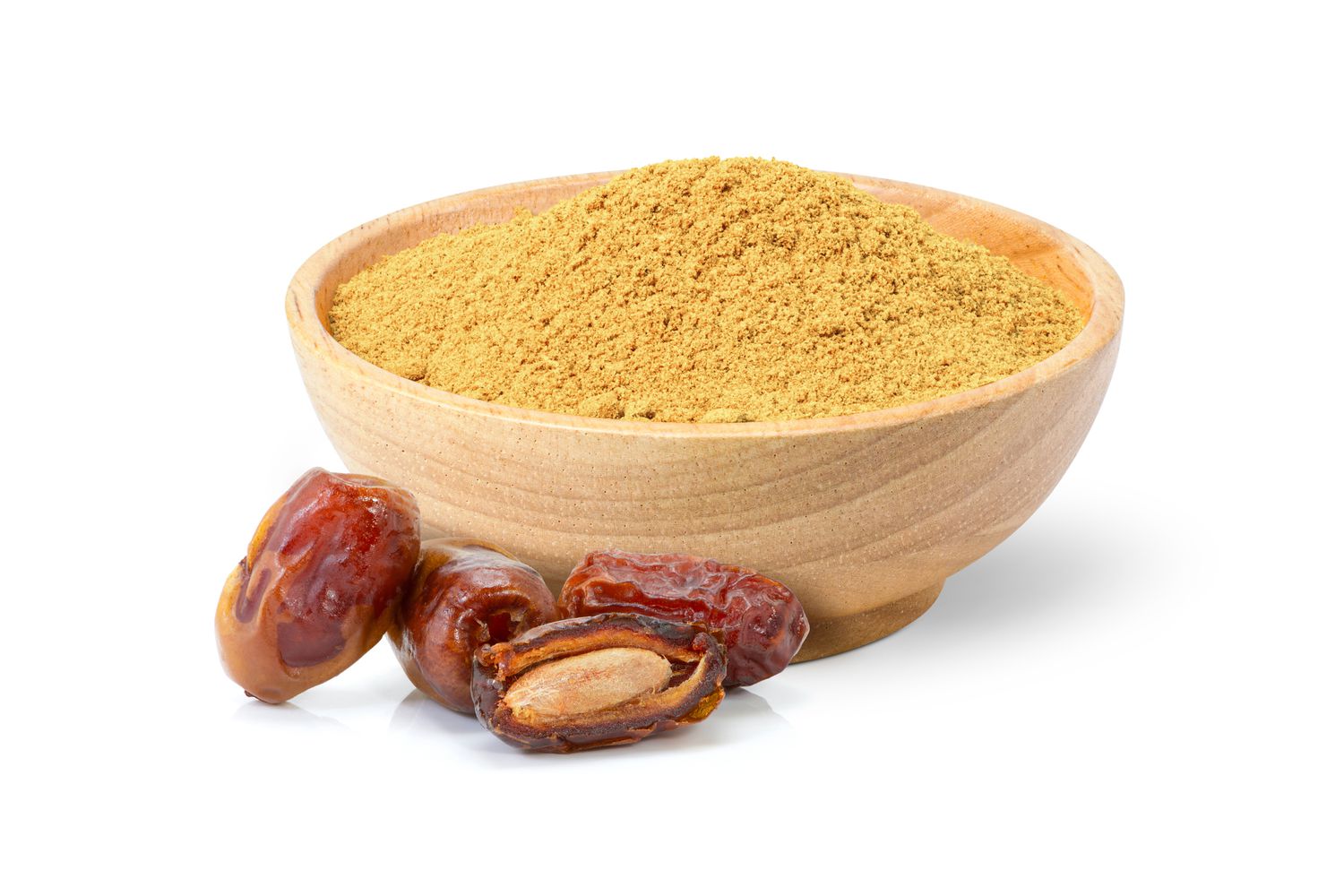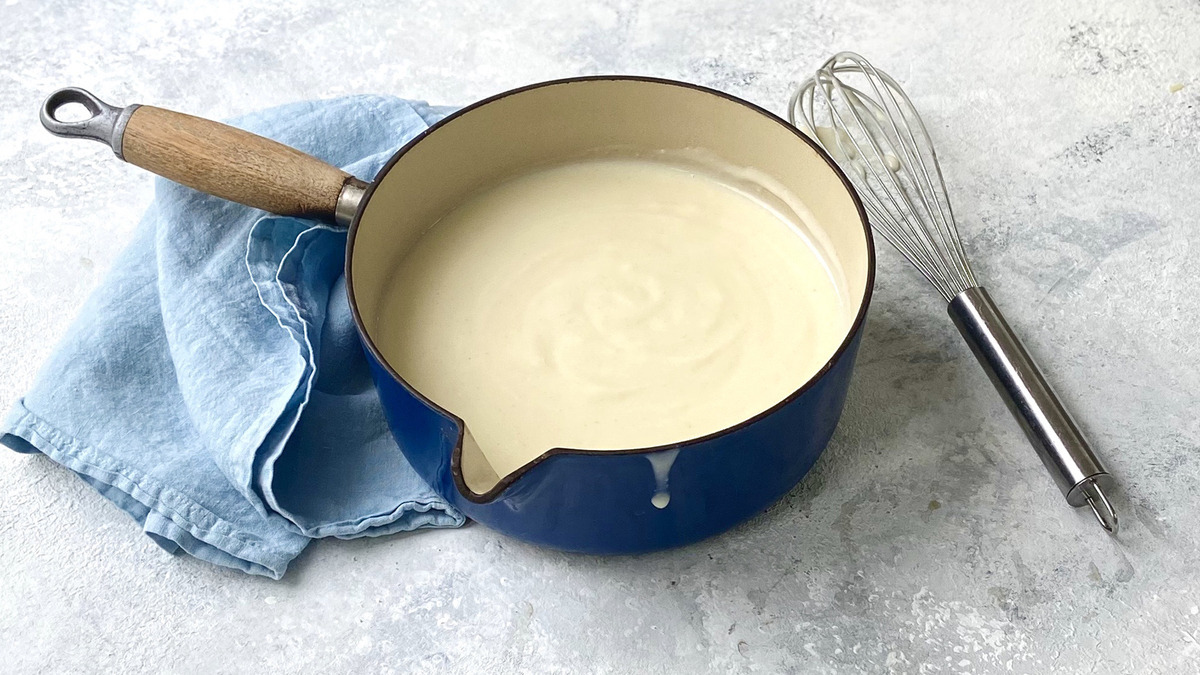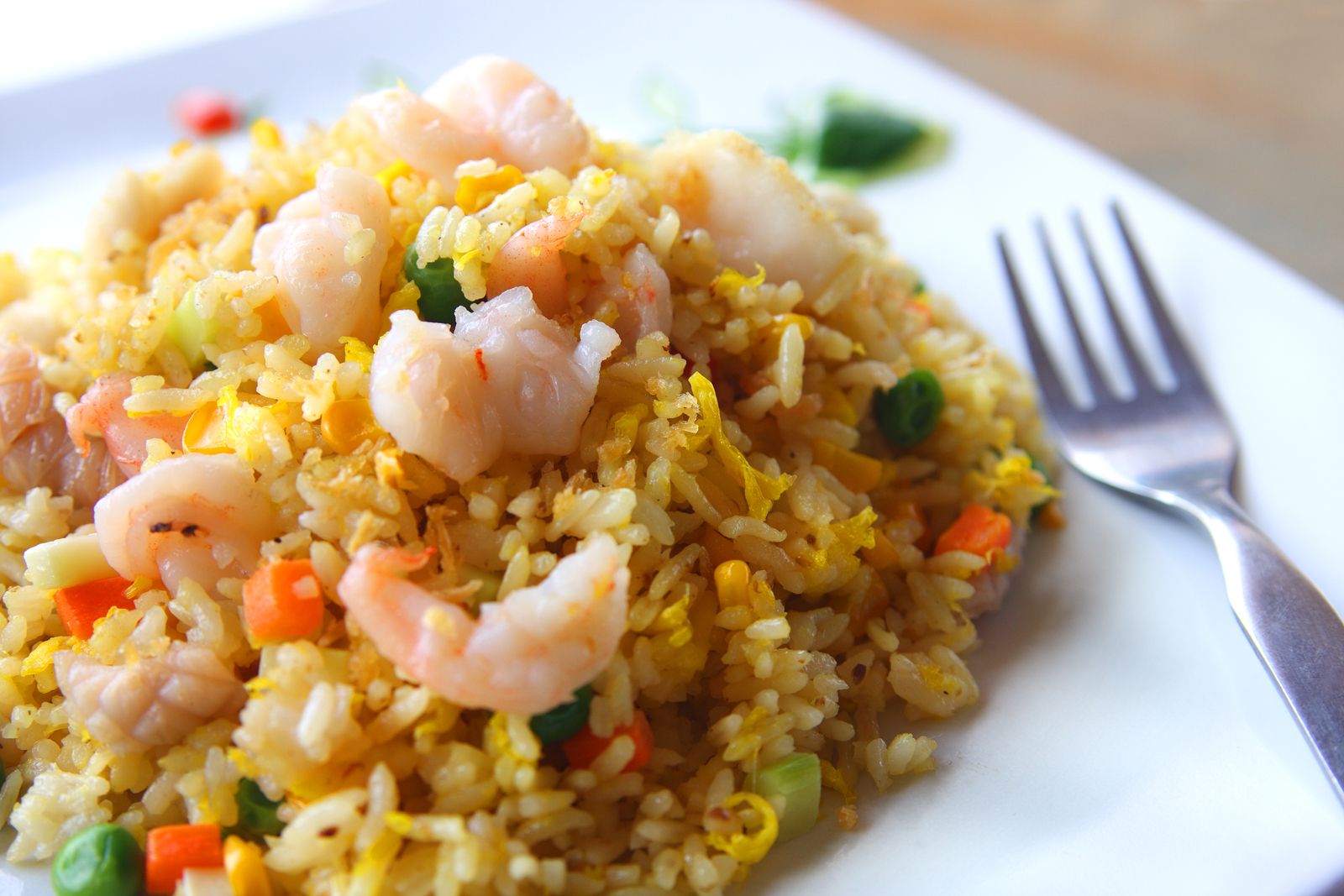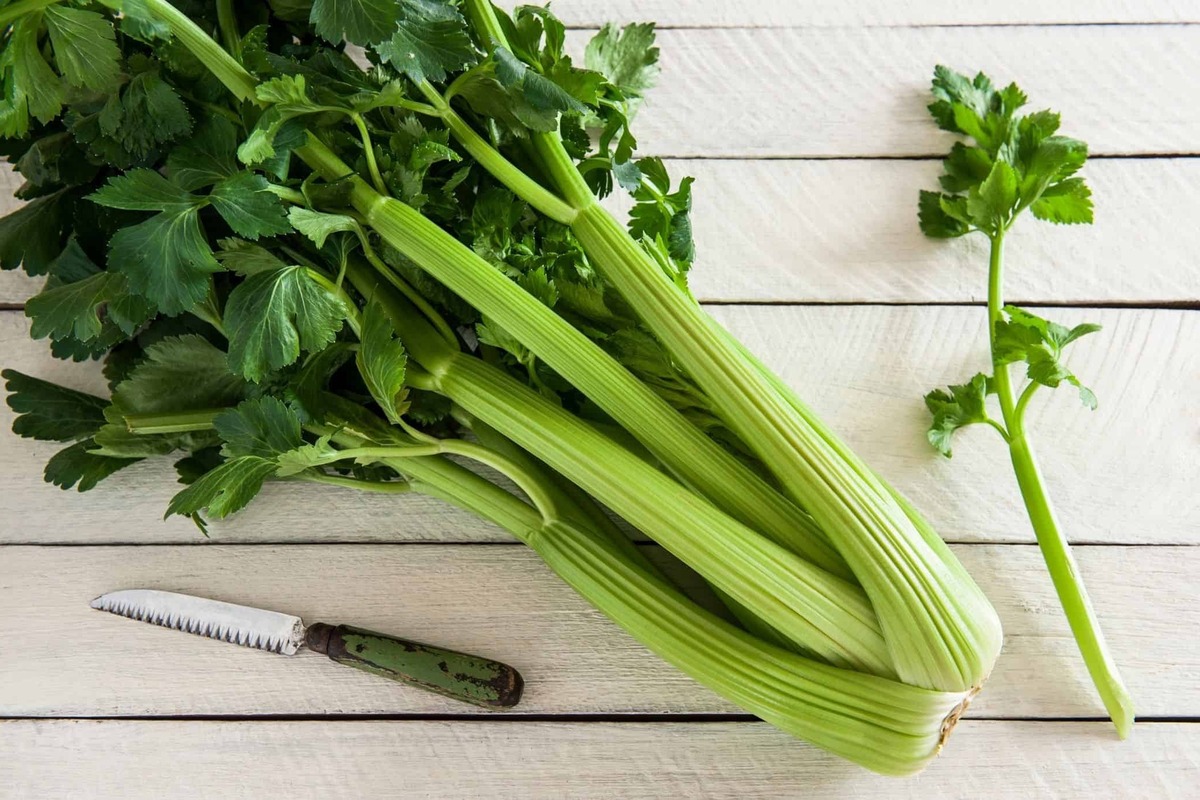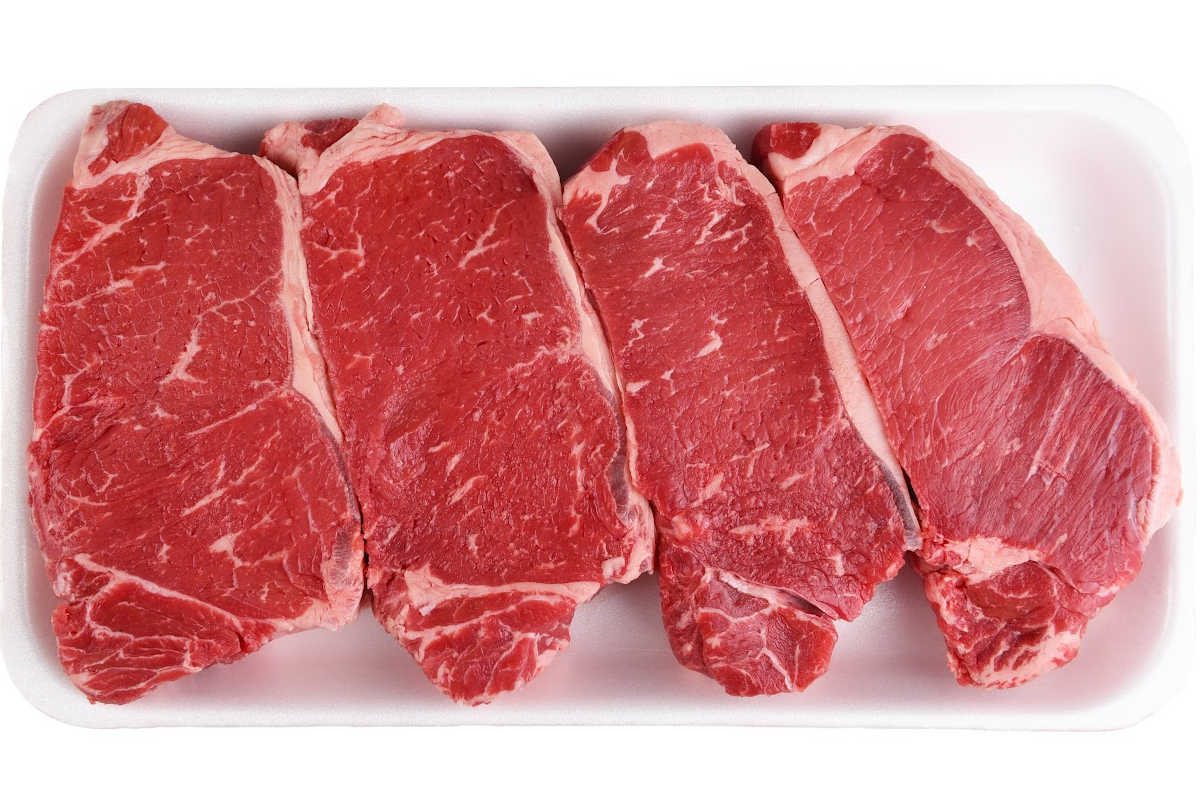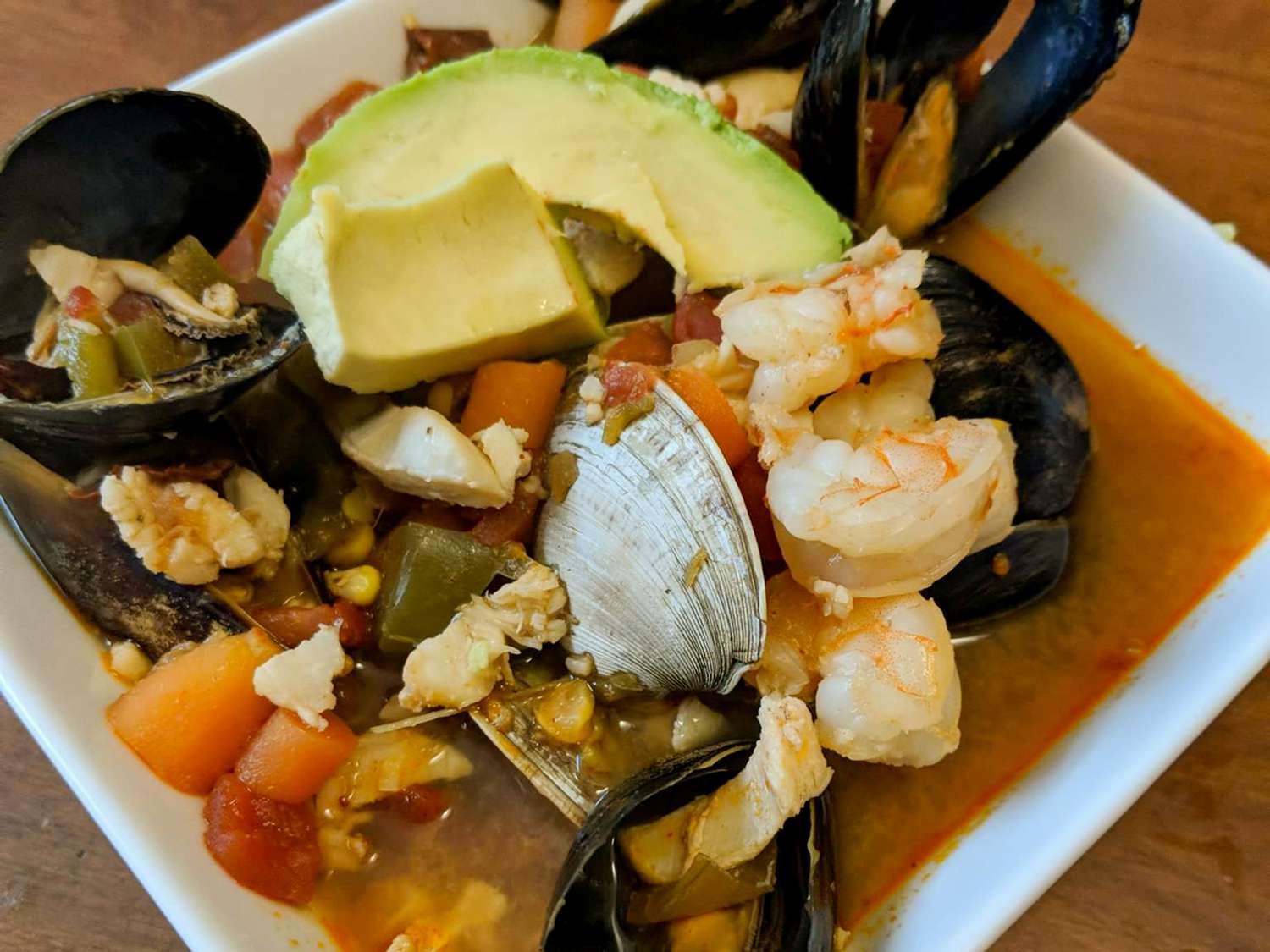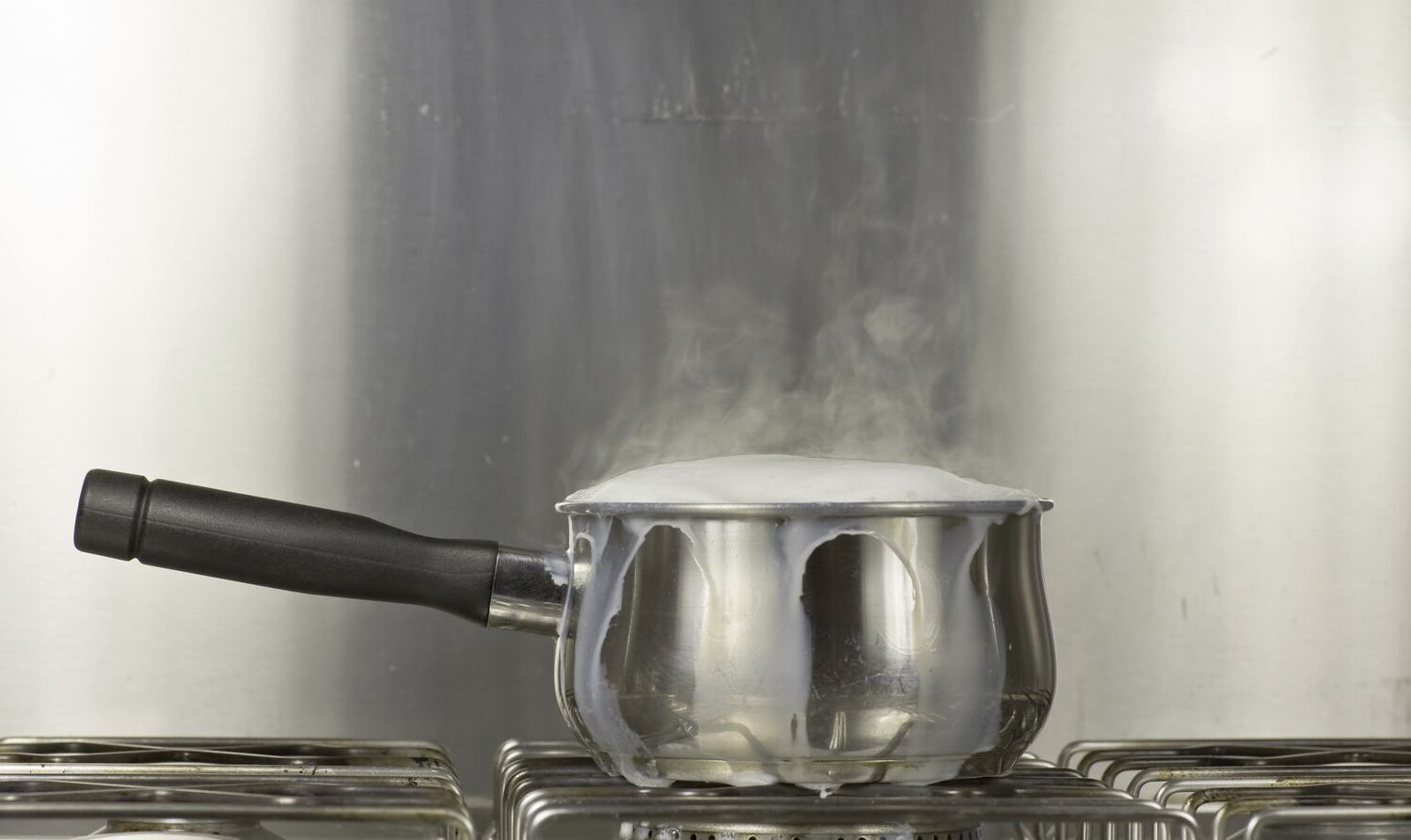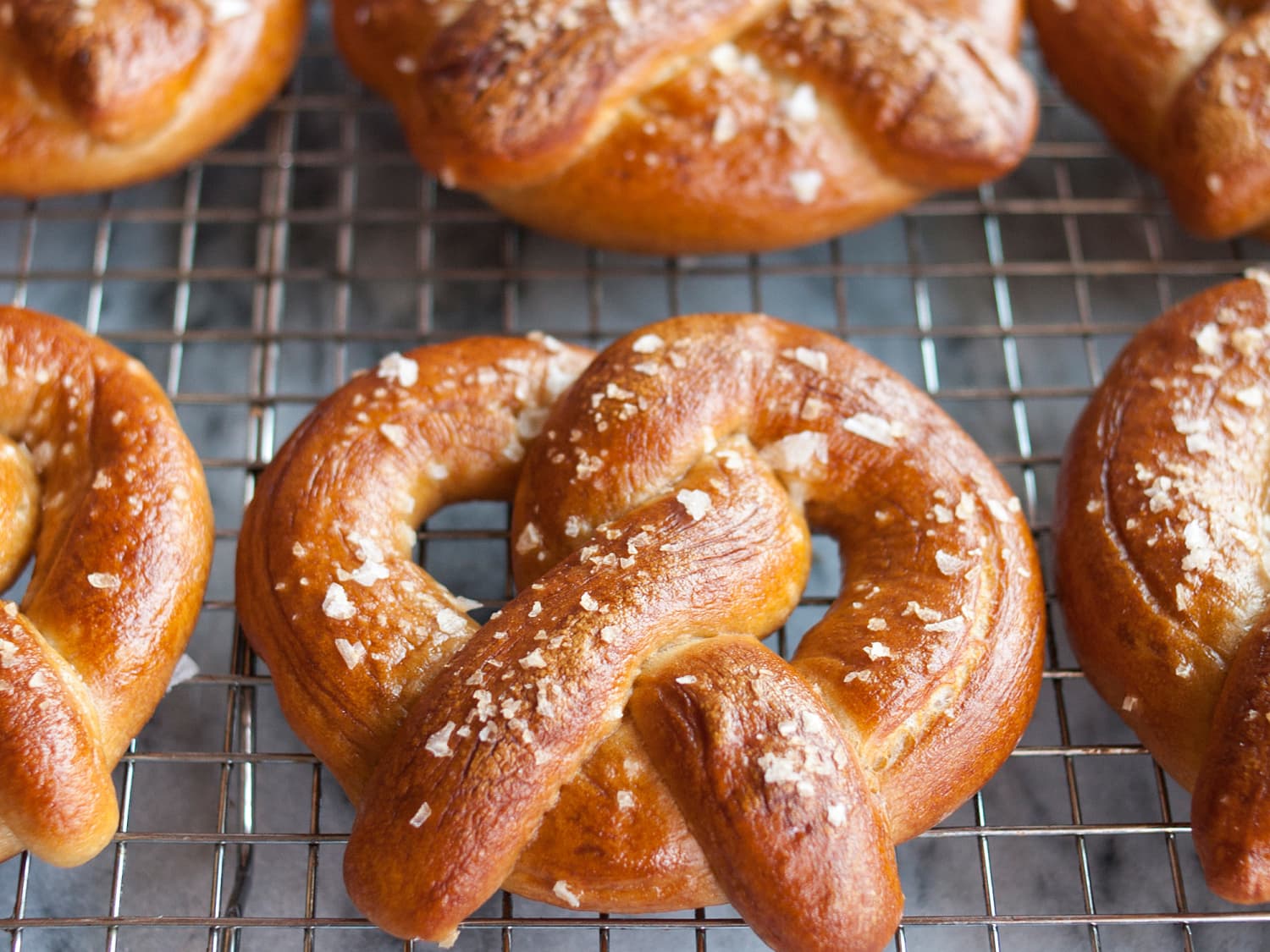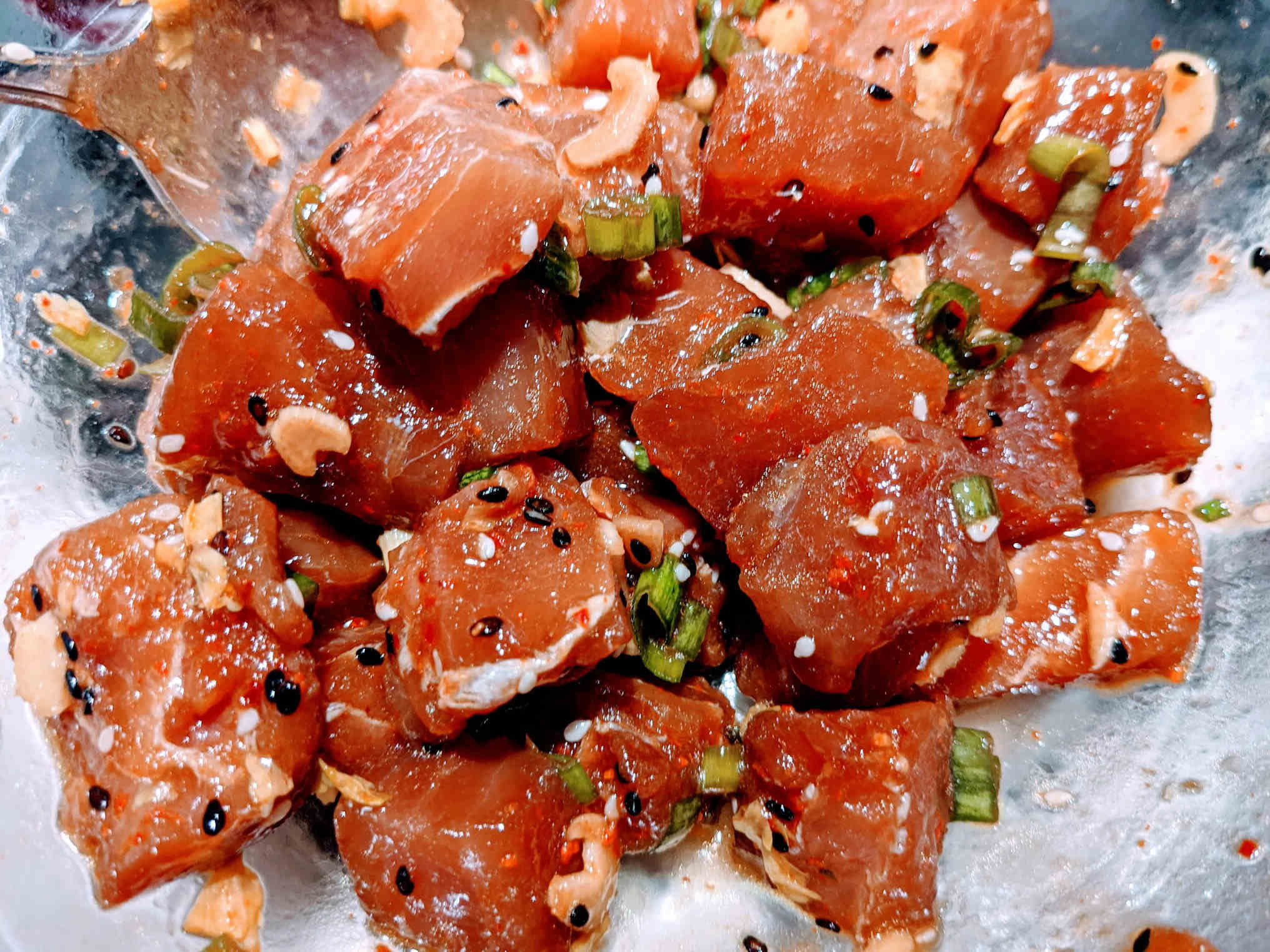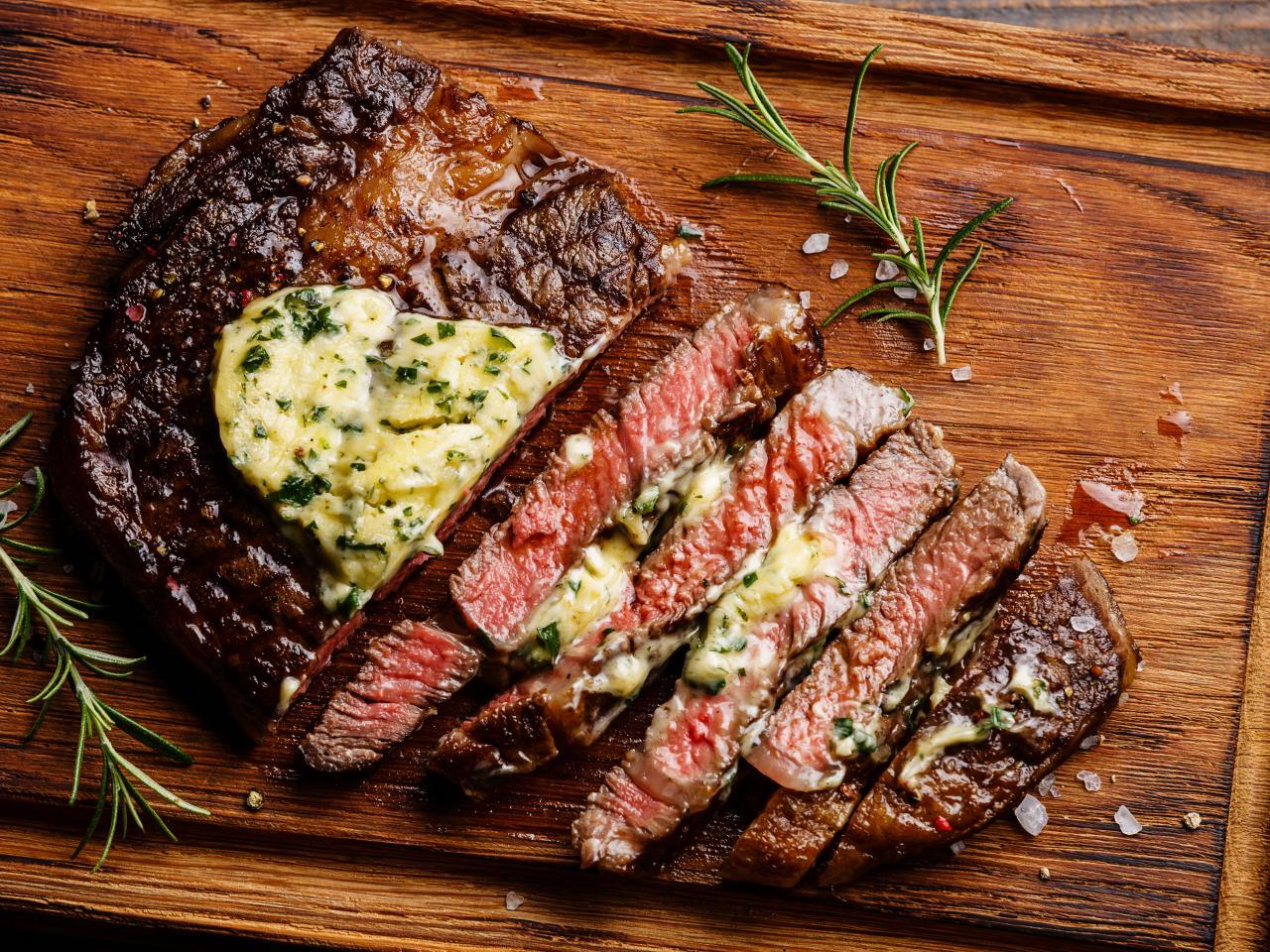Understanding the White Powder on Sour Candy
Have you ever reached for a piece of sour candy, only to find it coated in a mysterious white powder? This common occurrence can leave many people wondering what exactly that white stuff is and whether it’s safe to consume. In this article, we’ll explore the science behind the white powder on sour candy and provide some insight into what it actually is.
What Causes the White Powder on Sour Candy?
The white powder that often coats sour candy is actually a combination of sugar and citric acid. When the candy is exposed to moisture or changes in temperature, the sugar and citric acid can crystallize and form a white, powdery substance on the surface of the candy. This process is known as sugar bloom, and it’s a common occurrence in many types of candy, especially those that contain high levels of sugar and acid.
Is the White Powder Safe to Eat?
Despite its somewhat unappealing appearance, the white powder on sour candy is completely safe to consume. In fact, it’s simply crystallized sugar and citric acid, both of which are common ingredients in many types of food and beverages. The presence of the white powder does not indicate that the candy is spoiled or unsafe to eat.
How to Prevent Sugar Bloom on Sour Candy
If you’re not a fan of the white powder on your sour candy, there are a few steps you can take to prevent sugar bloom from occurring:
- Store the candy in a cool, dry place to minimize exposure to moisture and temperature fluctuations.
- Keep the candy in a sealed container to protect it from humidity and air exposure.
- Avoid exposing the candy to extreme temperatures, as rapid changes in temperature can contribute to sugar bloom.
By taking these precautions, you can help preserve the appearance of your sour candy and minimize the likelihood of sugar bloom occurring.
Embracing the Quirks of Sour Candy
While the presence of white powder on sour candy may initially raise some questions, it’s important to remember that this phenomenon is simply a natural reaction of the candy’s ingredients. The next time you encounter a piece of sour candy with a powdery coating, you can rest assured that it’s perfectly safe to enjoy.
So, the next time you come across the white stuff on sour candy, you can appreciate it as a harmless quirk of these delicious treats.
In conclusion, the white powder on sour candy is nothing to be concerned about. It’s simply a result of sugar and citric acid crystallizing, and it poses no harm to your health. By understanding the science behind this phenomenon and taking steps to prevent it, you can continue to enjoy your favorite sour candies without any worries.
Was this page helpful?
Read Next: What Is White Stock?
